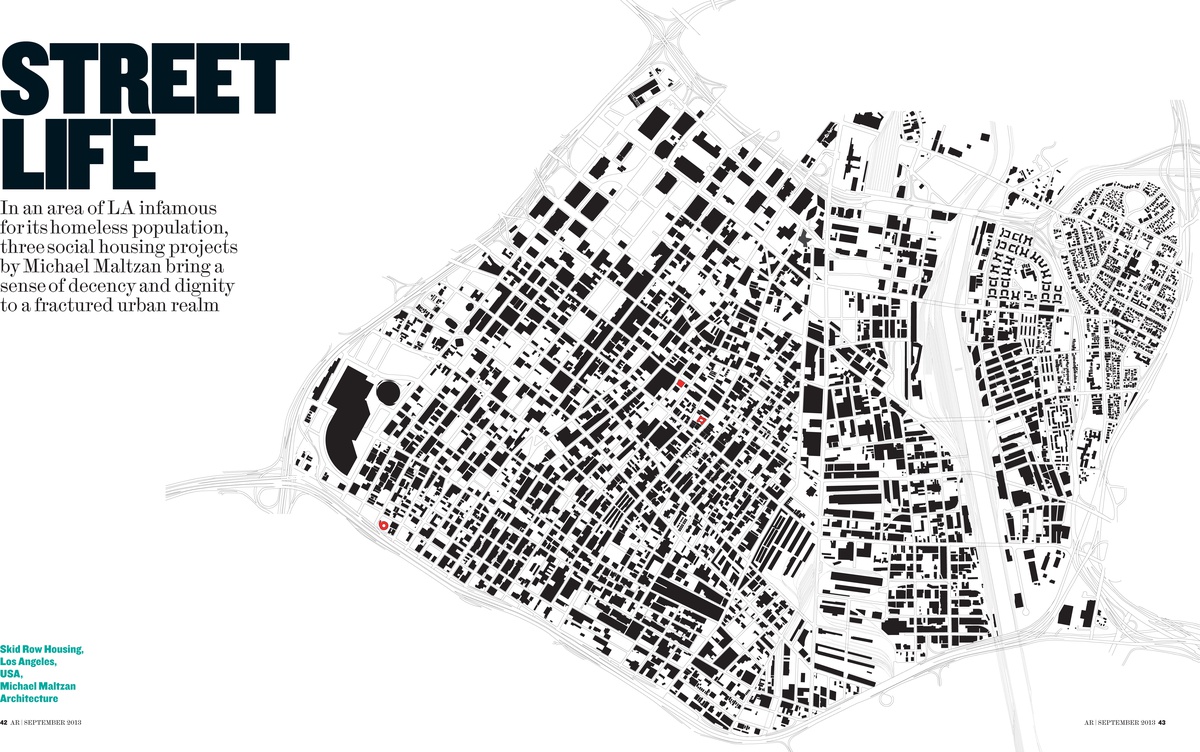ARCHITECTURE AS AN INSTRUCTION-BASED ART – HARVARD UNIVERSITY EXHIBITION
SEPTEMBER 2024

An exhibition has opened at the Druker Design Gallery at Harvard University titled ‘Architecture as an Instruction-Based Art’. The exhibition is a selection of drawings which are used to coordinate the process of construction, that is, drawings which reflect the nature of architecture as an “instruction-based” art. We selected a drawing from our International Rugby Experience project in Ireland that shows the complex co-ordination and layering of construction from ceiling to roof level. Here each bay of the sculptural ceiling transitions upwards from an expansive oculus aligned with the building axes, twisting through 20 degrees to accommodate eye-shaped north-facing skylights and bespoke solar shades at roof level.
The exhibition has been curated by the Farshid Moussavi and runs until the 15th October. More information can be found on the Harvard website here.
NIALL MCLAUGHLIN WRITES LA ARTICLE FOR ARCHITECTURAL REVIEW
SEPTEMBER 2013

Niall McLaughlin has written an article for the Architectural Review, entitled ‘Street Life: Michael Maltzan’s Social Housing in Los Angeles’. The piece examines the history of the infamous area of LA known as Skid Row and three housing projects by the practice Michael Maltzan Architecture for this fractured part of the city. The piece draws out common themes between the projects, which are all low-cost accommodation for the previously homeless, exploring the successful spatial relationships between the private space of the individual rooms, the areas of common sheltered space and the public realm of the street.
“The formal virtuosity of each composition is Maltzan’s own special skill and they suggest that high architecture can give pleasure and dignity to all of us….I hope that the different spatial experiments, linking and articulating pavement, common sheltered space and private rooms, will become subjects for further reflection and analysis. It speaks of our common need to situate ourselves and participate in public life.” NM

